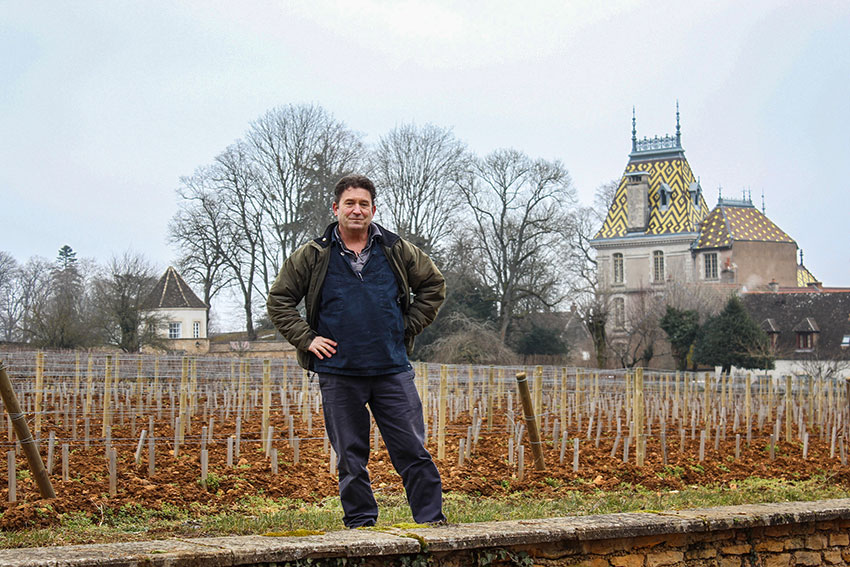View Articles by Category
ALOXE-CORTON – THE EMPEROR OF BURGUNDY WINES

The village of Aloxe-Corton (pronounced “Alosse”) was mentioned as far back as 696 and is the natural geological link between the regions of Côte de Nuits and Côte de Beaune. It is dominated by the great Corton Hill. The AOCs of Ladoix-Serrigny and Pernand-Vergelesses share the hill alongside Aloxe-Corton, with some overlap in classification.
This is a region wreathed in history and legend, which serves to intensify its mystical appeal. The Corton Red and Corton Charlemagne White are named after two emperors – Curtis d’Othon and the more famous Charlemagne. These vineyards were a gift of the Emperor Charlemagne to the religious community of Saint-Andoche at Saulieu in the year 775 (with Chardonnay supposedly chosen to avoid any unfortunate beard-staining).
Most of the wine produced in Aloxe-Corton, however, is red which comes from around 115 hectares (276 acres) of land, with a third designated as Premier Cru. The 1.7 hectares given over to white wine produces excellent and renowned Chardonnay, though at a volume of less than 12,000 bottles this is a rare treat for most.
With an AOC dating back to 1938, the total production per year stands at around 500,000 bottles. With eight Premier Crus and dozens of single-vineyard village appellations, many of the best wines come from smaller producers. Elden Selections is proud to represent Aloxe-Corton wines from both the Maison Capitain-Gagnerot and the Domaine Jean-Jacques Girard.
On the Corton Hill, the soil flavor profile subtly changes as you climb the slope. The top, where many say the best wines come from, is a unique microclimate with lower than average temperatures, differing wind patterns, and greater sun exposure. Ranging from 12% to 13.5% ABV depending on Premier or Grand Crus classification, these wines are the creme de la creme of the appellation.
The soil in Aloxe-Corton is characterised by its reddish-brown hue, rich with limestone debris (known as chaillots) and flint. You can also find higher levels of potassium and phosphoric acid here. There is a predominant sense of minerality in these reds. Descriptives like ‘tender’ and ‘fruity’ are used for the reds from the north end of the hill, while on the Beaune side to the south you are more likely to hear ‘muscular’ or ‘firm’. These wines, of great power and complexity, are capable of aging fifteen years or more in the cellar, but often have a full fruit charm in their youth.
Young Corton-Charlemagne is pale gold with green highlights; with age it attains yellow or amber hues. The bouquet can be extremely delicate, with overtones of apple and citrus, and a unique minerality in youth, with spiciness coming with a few years in the bottle. Honey notes come with age, with older vintages showing leather and truffle. A good Corton-Charlemagne is a demonstration of what the Chardonnay grape is capable of: richness, power, concentration, finesse and balance. These are Grands Crus to rival the greatest wines in Chassagne and Puligny.
The wines here match the variety and vitality of the roof tiles of the chateau in Aloxe-Corton. These glazed tiles, with their bright yellow, red and green patterns of interwoven diamonds, suggest the red and golden hillsides of the Burgundian vineyards in autumn.
The 2018 vintage was particularly kind to Aloxe-Corton. Sometimes thought of as a ‘masculin’ wine with leathery even animal notes, the wines of Aloxe-Corton rode out the heatwave that characterised 2018 and produced glorious ripeness and excellent phenolics. With this trend in warmer years seemingly set to continue, producers in Aloxe-Corton and on the Corton Mountain look set to produce many more great vintages.